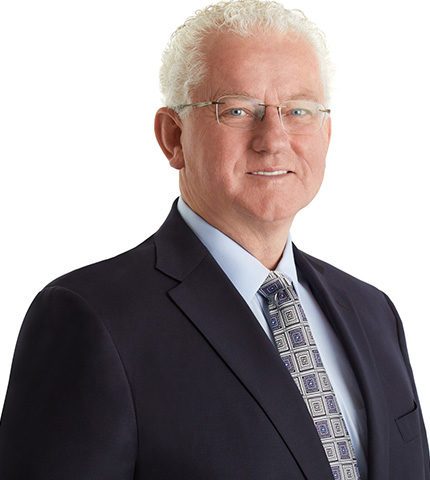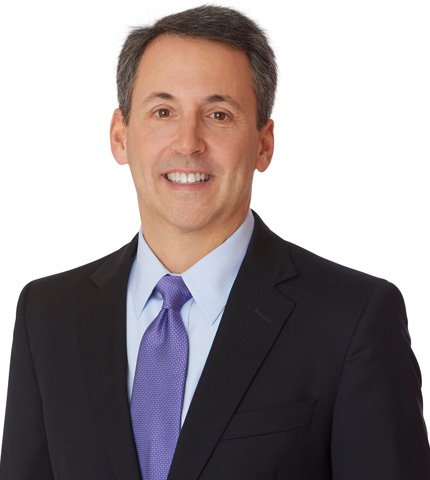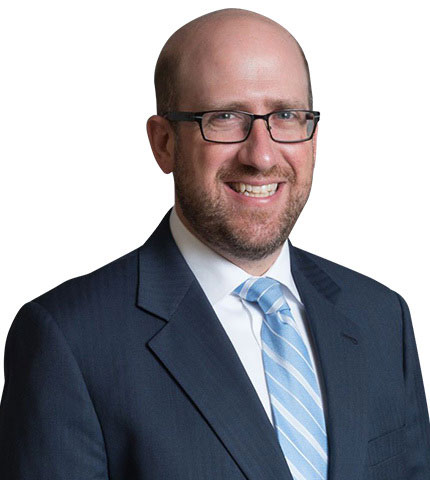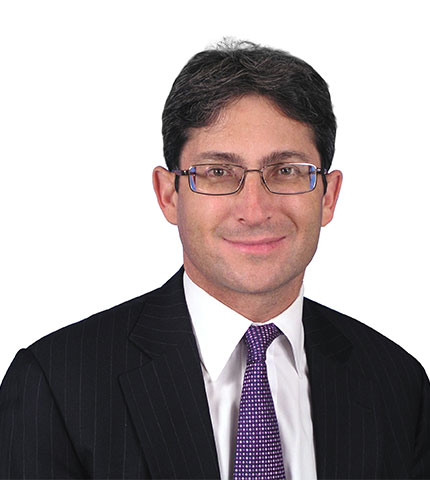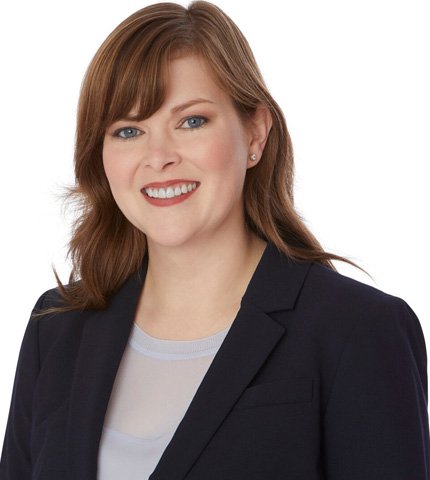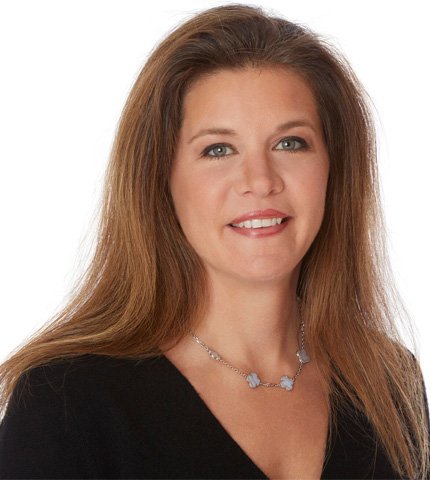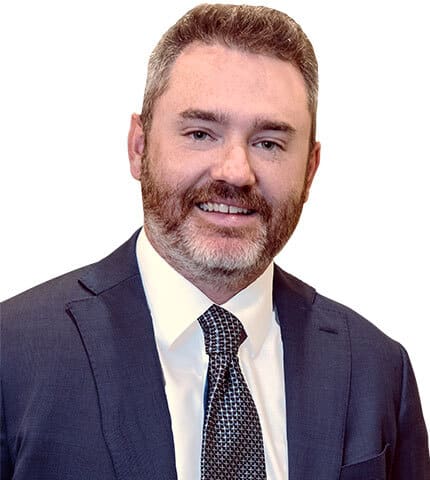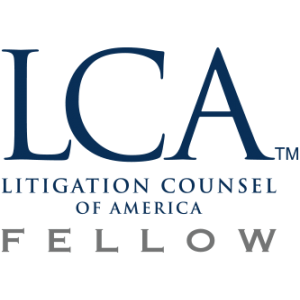Who is at Fault in an Intersection Accident in New York?
Navigating New York’s intersections can be daunting, and accidents in these often-chaotic spaces are common. Determining fault in an intersection accident isn’t always straightforward, as it depends on traffic laws, driver actions, and evidence after the car crash. If you’ve been involved in an intersection accident, understanding liability is critical to pursuing a successful claim. The attorneys at Denlea & Carton will walk you through the factors that help to determine fault in intersection accidents and explain how an attorney can help protect your rights.
Understanding Right-of-Way Laws in New York Intersections
Traffic Lights: Red, Yellow, and Green
Traffic signals dictate the flow of vehicles in intersections, and failure to obey them can result in severe collisions. If a driver runs a red light or speeds through a yellow, they’re likely at fault. A green light gives the right of way, but it doesn’t absolve responsibility if a driver proceeds when it’s unsafe.
Stop Signs and Yield Signs
Stop sign accidents are frequent, especially when drivers fail to make a complete stop or don’t yield to vehicles with the right of way. For example, if both cars arrive at a stop sign simultaneously, the vehicle on the left must yield to the one on the right.
Uncontrolled Intersections (No Signs or Signals)
At intersections with no traffic signs, drivers must follow right-of-way guidelines. New York law requires drivers to yield to vehicles already within the intersection. Failure to do so often leads to disputes over liability.
Left Turns at Intersections: A Common Point of Contention
Accidents during left turns are often caused by drivers misjudging the speed or distance of oncoming traffic. Typically, the driver making the left turn is at fault unless the other vehicle was speeding or ran a red light.
Right Turn on Red Rules in New York
New York permits right turns on red in most areas unless a sign explicitly prohibits it. However, drivers must stop fully and yield to pedestrians and oncoming traffic. Neglecting to follow these steps often results in accidents where fault clearly lies with the turning driver.
Common Causes of Intersection Accidents and Who is Typically at Fault
Intersection accidents often occur due to specific behaviors or violations. Here’s a breakdown of common causes and the associated fault:
- Running Red Lights or Stop Signs: When a driver ignores a red light or stop sign, they’re usually held accountable for any resulting collision. This behavior often reflects negligence or recklessness, making fault assignments more straightforward.
- Failing to Yield the Right-of-Way: Failure to yield is a top cause of intersection accidents. Whether it’s failing to yield during a left turn, at a stop sign, or to a pedestrian, the negligent party is generally at fault.
- Distracted Driving at Intersections: Distractions such as texting, eating, or using a GPS system increase accident risks. When distracted driving leads to an intersection collision, fault often rests solely with the distracted driver.
- Speeding Through Intersections: Speed reduces a driver’s ability to react to sudden changes at intersections, such as a light turning red or a car braking ahead. A speeding driver is often considered liable for collisions caused by their inability to stop or yield.
- Impaired Driving: Alcohol and drugs impair judgment, reaction time, and motor skills. An impaired driver who causes an intersection accident is almost always deemed at fault.
- Improper Turns (e.g., Wide Turns, Cutting Corners): Improper turns disrupt traffic flow and often lead to collisions. These mistakes are typically the fault of the turning driver, especially when they fail to consider other vehicles or pedestrians.
How Fault is Determined After an Intersection Accident in New York
Determining fault after an intersection accident in New York is a process of gathering and evaluating various pieces of evidence. Police reports are often a crucial starting point, as they detail traffic violations, include witness statements, and document officer observations, all of which are vital for assigning fault.
Unbiased accounts from eyewitnesses can further clarify which driver may have violated traffic laws or acted negligently. Invaluable for verifying claims, traffic camera and dashcam footage can reveal if a driver ran a red light, failed to yield, or was speeding.
Physical evidence from the scene, such as skid marks, vehicle damage patterns, and debris, assists in reconstructing the accident’s sequence; for example, long skid marks could indicate a driver’s attempt to stop and prevent the collision.
When fault is contested, accident reconstruction experts may be brought in to analyze the evidence and determine how the crash occurred, with their reports often proving persuasive in negotiations or court proceedings.
New York’s Comparative Negligence Rule: What if You Share Fault?
New York follows a pure comparative negligence rule, meaning you can recover damages even if you share fault. However, your compensation will be reduced by the percentage of your fault. For example, if you’re 20% at fault in a $10,000 settlement, you’ll receive $8,000.
Why You Need a Personal Injury Attorney for an Intersection Accident Claim
The aftermath of an intersection accident in New York can be overwhelming. You’re facing medical bills, lost wages, and the complexities of proving fault. Denlea & Carton’s personal injury attorneys are here to help.
We understand the intricate details of negligence laws and will tirelessly work to prove the other party’s actions directly caused your injuries. While insurance adjusters aim to minimize payouts, our attorneys fight to ensure you receive a fair settlement that accounts for all your medical bills, lost wages, pain, and suffering.
Let us build a strong claim for you. We’ll meticulously collect all relevant evidence, from police reports to surveillance footage, leaving no stone unturned.
Contact Denlea & Carton today for a free consultation and let us fight for the compensation you deserve. Call us at (914) 331-0100 or visit our website to learn more.

